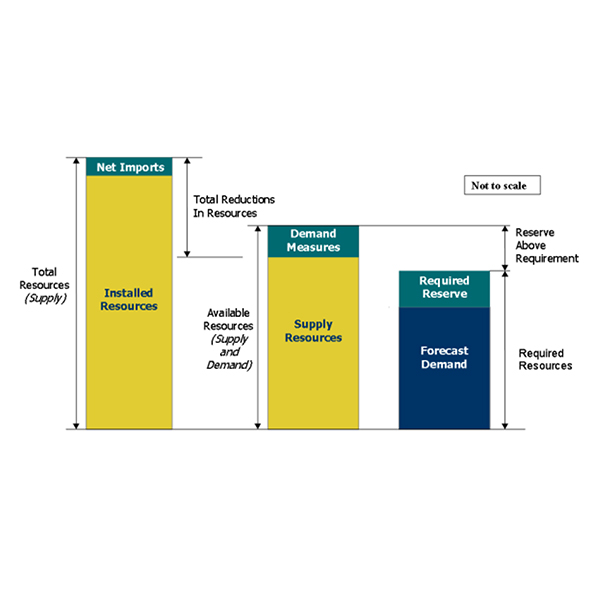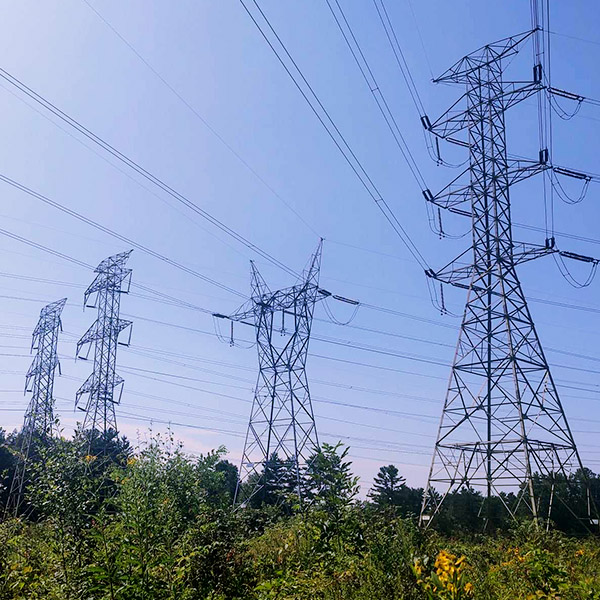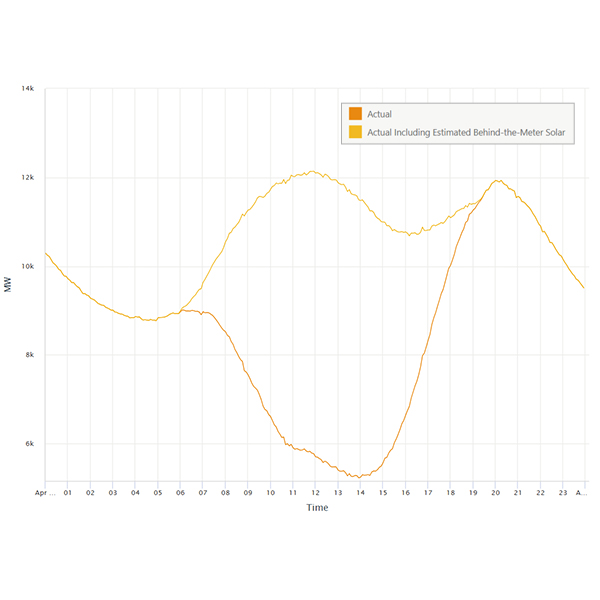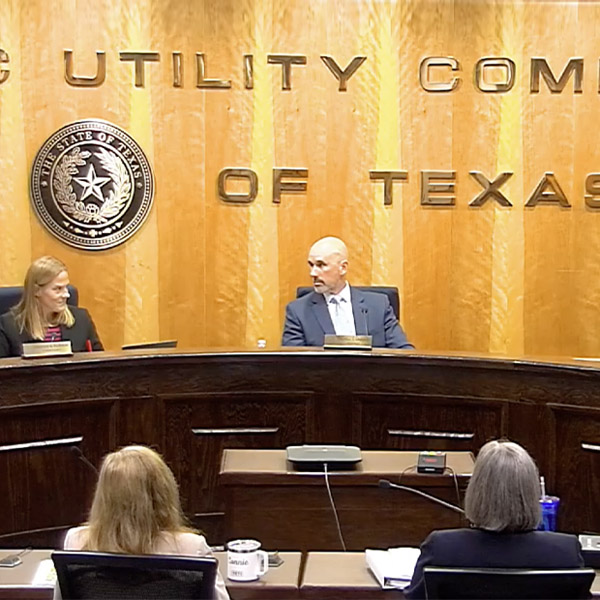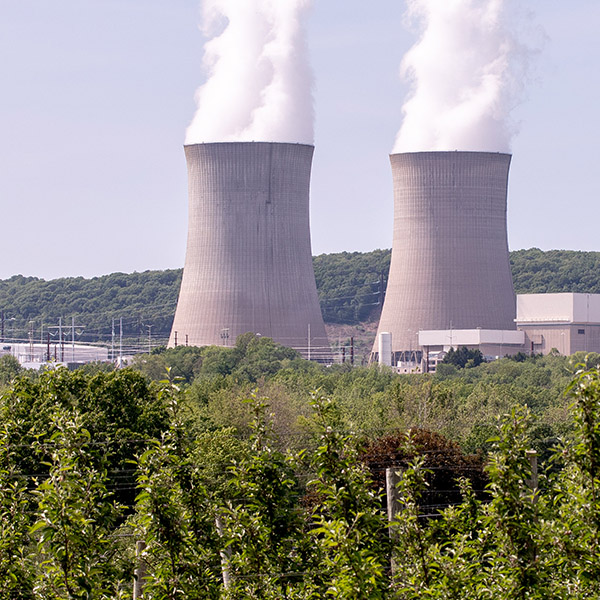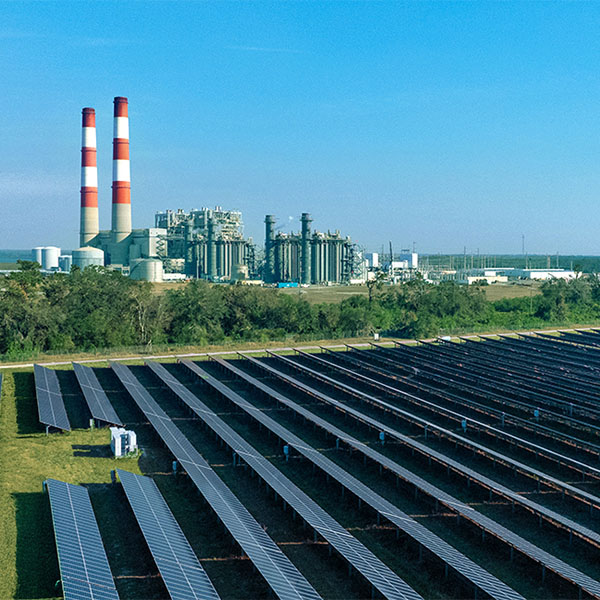Resource Adequacy
Resource adequacy is the ability of electric grid operators to supply enough electricity at the right locations, using current capacity and reserves, to meet demand. It is expressed as the probability of an outage due to insufficient capacity.
IESO is changing how it projects renewable generation output and its accounting for imports and planned loads in the forecasts it uses to manage generator and transmission outages.
Annual energy demand in the Pacific Northwest could reach between 31,000 and 44,000 MW by 2046, according to the NWPCC's initial 20-year forecast.
The National Rural Electric Cooperative Association has flown 2,000 member representatives into D.C. to lobby congressional leaders on key priorities for the nation’s co-ops, which this year include passage of permitting legislation and meeting rising demand.
ISO-NE experienced record-low demand on Easter Sunday because of mild temperatures and high behind-the-meter solar output, making 2025 the fourth consecutive year ISO-NE has set a low-load record.
The Texas Public Utility Commission approved a plan that allows ERCOT to authorize the region’s first extra-high-voltage transmission lines and meet the petroleum-rich Permian Basin’s rapidly growing power needs.
Stakeholders urged FERC to consider reliability and consumer costs when weighing approaches to co-located large loads.
SPP staff have opened a discussion with stakeholders into affordability and the grid operator’s proposed region-wide approach to improve decision-making and keep affordability as a key focus.
NextEra Energy posted solid first-quarter financials and said its renewables portfolio continued to grow even as President Trump began implementing pro-fossil fuel policies.
SPP's Markets and Operations Policy Committee has endorsed the last of 21 recommendations made by a task force that reviewed the RTO's transmission and market operations last decade.
SPP stakeholders approved a tariff revision that creates a one-time study outside the grid operator’s normal planning process, helping load-responsible entities meet their resource adequacy requirement.
Want more? Advanced Search
